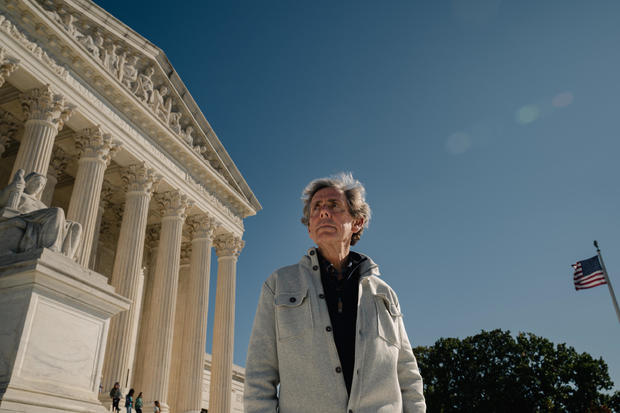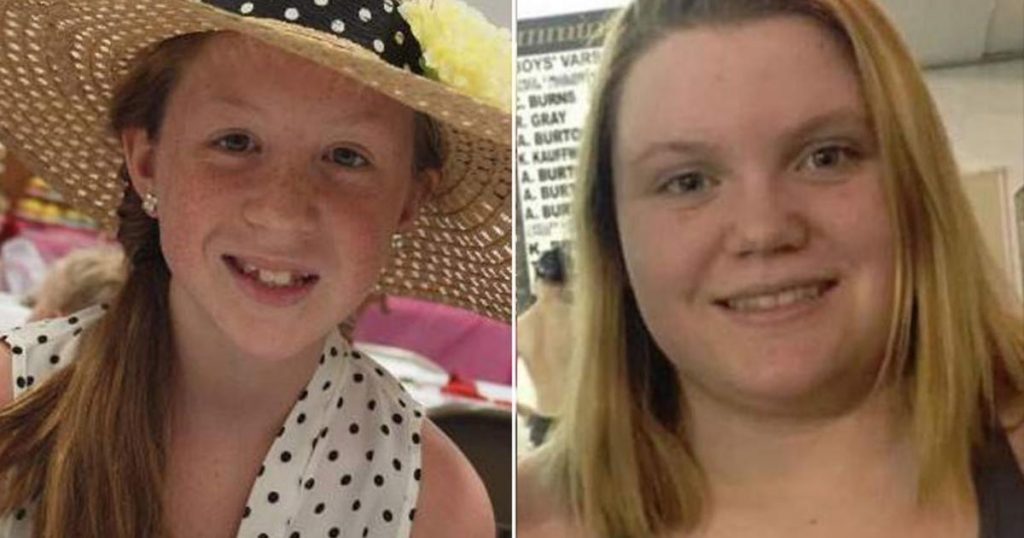Washington — When the Supreme Court convenes Monday at 10 a.m. to hear arguments in a pair of cases involving Harvard University and the University of North Carolina, four of the nine justices will be confronted with an issue they weighed just six years ago.
But in the years since the high court last considered the legality of universities considering race as a factor in their admissions programs — in a dispute involving the University of Texas at Austin (Justice Elena Kagan recused herself) — the composition of the court has changed markedly with the addition of three justices appointed by former President Donald Trump.
That rightward march has raised the stakes significantly for the future of affirmative action, with legal experts expecting the Supreme Court’s strengthened six-member conservative majority to find race-conscious admissions policies to be outside constitutional bounds.
“I would be absolutely shocked if the Supreme Court does not in one way or another eliminate affirmative action in higher education,” said Jonathan Feingold, a law professor at Boston University who studies affirmative action. “The only meaningful change between 2016, when the Supreme Court reaffirmed the constitutionality of precisely what UNC and Harvard do, and now is that you lost multiple justices who were in the majority then.”
The legal fights over the admissions programs from the University of North Carolina, the nation’s oldest public university, and Harvard, the oldest private institution, is the culmination of a decades-long effort by conservative activist Edward Blum to end the use of racial preferences in American life.
While he lost his 2016 fight brought on behalf of Abigail Fisher, the White woman challenging race-conscious admissions at the University of Texas, Blum is now on the cusp of declaring victory with the cases brought by the group Students for Fair Admissions, of which he is the founder.
Three of the justices who dissented in Fisher’s case, Chief Justice John Roberts and Justices Clarence Thomas and Samuel Alito, remain on the court today, and their conservative bloc was bolstered by the additions of Justices Neil Gorsuch, Brett Kavanaugh and Amy Coney Barrett.
Kavanaugh replaced Justice Anthony Kennedy, who authored the decision finding the University of Texas’s race-conscious admissions program to be lawful, and Barrett replaced the late Justice Ruth Bader Ginsburg, who was in the majority six years ago.
Justice Ketanji Brown Jackson, the first Black woman to serve on the high court, will only participate in arguments in the case involving the University of North Carolina, because of her membership on Harvard’s Board of Overseers.
“It was a vehicle to try to take another bite at the affirmative-action apple after losing in Fisher,” Feingold said of Blum’s Students for Fair Admissions. “The gambit was ‘we keep losing when we have White plaintiffs, so we need to now make Asian Americans the face of our imagined affirmative action victim.'”
A “paper” organization to litigate “grievances”
The legal battles targeting the admissions programs at Harvard and the University of North Carolina were filed the same day in November 2014 by Students for Fair Admissions, which argued Harvard’s race-conscious admissions policies violated Title VI of the Civil Rights Act and the University of North Carolina’s admissions process ran afoul of the 14th Amendment.
In both disputes, the group, created by Blum in 2014 and said to have more than 20,000 members, is asking the Supreme Court to overturn its 19-year-old decision in Grutter v. Bollinger and prohibit higher-education institutions from using race as a factor in admissions.
In the Harvard dispute, the group claims the elite school discriminates against Asian-American applicants during the admissions process by assigning them lower ratings than other races and limiting the number of Asian-Americans it admits.
Harvard, however, rejects the claim of intentional discrimination and argues it conducts a holistic review of its applicants, with race one of many factors it considers in pursuit of student-body diversity, consistent with Supreme Court precedent.
A federal district court in Massachusetts sided with Harvard in 2019, finding the school’s admissions program does not penalize Asian-Americans and its policies adhere to the high court’s past affirmative action decisions. The U.S. Court of Appeals for the 1st Circuit upheld the district court’s decision, ruling that Harvard’s race-conscious admissions procedures do not violate Title VI.
Students for Fair Admissions appealed to the Supreme Court in February 2021. In a court filing, the group said the 2003 Grutter decision “has spawned negative consequences: anti-Asian stereotyping, race-obsessed campuses, declines in ideological diversity, and more.”
Alongside the Harvard dispute, Students for Fair Admissions was mounting its second court fight targeting affirmative action at the University of North Carolina.
The group alleged in its 2014 lawsuit that the admissions process at North Carolina’s flagship university is unlawful because it considers race as a factor and overlooks race-neutral alternatives available to achieve diversity among its student body. Students for Fair Admissions argues the 14th Amendment forbids the use of race in admissions by public universities.
A federal district court ruled in favor of the University of North Carolina, finding that race is one factor among many assessed in the school’s holistic admissions process, and the school engages in good-faith consideration of race-neutral alternatives, for instance expanding financial aid programs or recruitment and outreach.
Students for Fair Admissions asked the Supreme Court to hear its case in November, bypassing the U.S. Court of Appeals for the 4th Circuit before it could rule.
The high court announced in January it would hear both cases involving affirmative action at the nation’s oldest private and public universities.
The Biden administration is backing the schools in both cases and argues that in addition to higher education institutions, including the service academies, other entities like the federal government and the U.S. military have come to rely on the Supreme Court’s decisions recognizing that the educational benefits of diversity justify limited consideration of race in admissions.
The U.S., Solicitor General Elizabeth Prelogar told the court, has “long concluded that the educational benefits of diversity are essential to our nation’s security and other vital national interests.”
“The United States Armed Forces have long recognized that the nation’s military strength and readiness depend on a pipeline of officers who are both highly qualified and racially diverse — and who have been educated in diverse environments that prepare them to lead increasingly diverse forces,” she wrote.
Meanwhile, Blum’s involvement and the circumstances around Students for Fair Admissions creation have not gone unnoticed. Both Harvard and the University of North Carolina argued before their respective trial courts that the group did not have the legal standing to sue, but the courts found for Students for Fair Admissions and allowed the cases to proceed.
Still, state officials representing the University of North Carolina told the Supreme Court that when the case against the school was filed, Students for Fair Admissions was a “paper organization established to litigate its founder’s generalized grievances.”
“Material” and “symbolic” impacts
Elite colleges including Georgetown, the Massachusetts Institute of Technology and Brown University are backing Harvard and the University of North Carolina in the dispute over race-conscious admissions policies, and they’re joined by major U.S. companies and civil rights groups.
In a friend-of-the-court brief from the president and chancellors of the University of California, the officials pushed back on Students for Fair Admissions proposed race-neutral approaches to admissions decisions, arguing adopting race-blind admissions undercuts efforts to attain the benefits of diversity.
The University of California, they said, has a “decades-long experience with race-neutral approaches,” as California voters in 1996 approved a ballot referendum banning race-conscious measures in college admissions. In the more than 25 years since then, the proportion of students from underrepresented minority groups “fell dramatically” throughout the state’s university system.
Like California, several other states have banned race-based affirmative action at public universities, such as Florida, Michigan and Arizona.
Harvard, too, warned in its brief that if affirmative action in admissions is outlawed, representation of Black and Hispanic students would decline “significantly.” In fact, if the Supreme Court were to adopt race-neutral alternatives proposed by Students for Fair Admissions, there would be a nearly 33% decrease in the number of African-American students admitted, according to court filings.
Harvard also argued schools large and small have come to rely on the Supreme Court’s affirmative action cases in shaping their own admissions systems: More than 41% of universities, and 60% of selective schools, consider race to some degree in their programs, the school said.
Meanwhile, more than a dozen red states, conservative legal groups and a group of GOP senators and lawmakers have thrown their support behind Blum’s group.
A decision by the Supreme Court prohibiting universities from considering race as a factor in their admission methods would have both “material” and “symbolic” impacts, Feingold said.
“Among your admissions levers, if you then are no longer allowed to account for race, but you leave everything else the same, then you should expect to see a dramatic reduction in the presence of Black, and Latino and some Asian-American students, not because they don’t deserve to be there, but because the institution is now simply privileging metrics that reward racial advantage, not talent and potential,” he said of the material consequences..
Feingold continued: “That’s going to have a particularly detrimental effect at the ‘elite’ or highly rejective institutions in which almost everyone who’s rejected deserves to be there.”
On the symbolic side, meanwhile, he said that if the Supreme Court finds race-conscious admissions policies are unlawful, what it’s saying is “everything was fair and square until affirmative action arrived, and affirmative action, that is the thing that is somehow corrupting a process that’s actually just rewarding the best and brightest.”
“That’s the somewhat dominant, but highly contested narrative that speaks to this broader debate we’re having in America right now,” he said.


